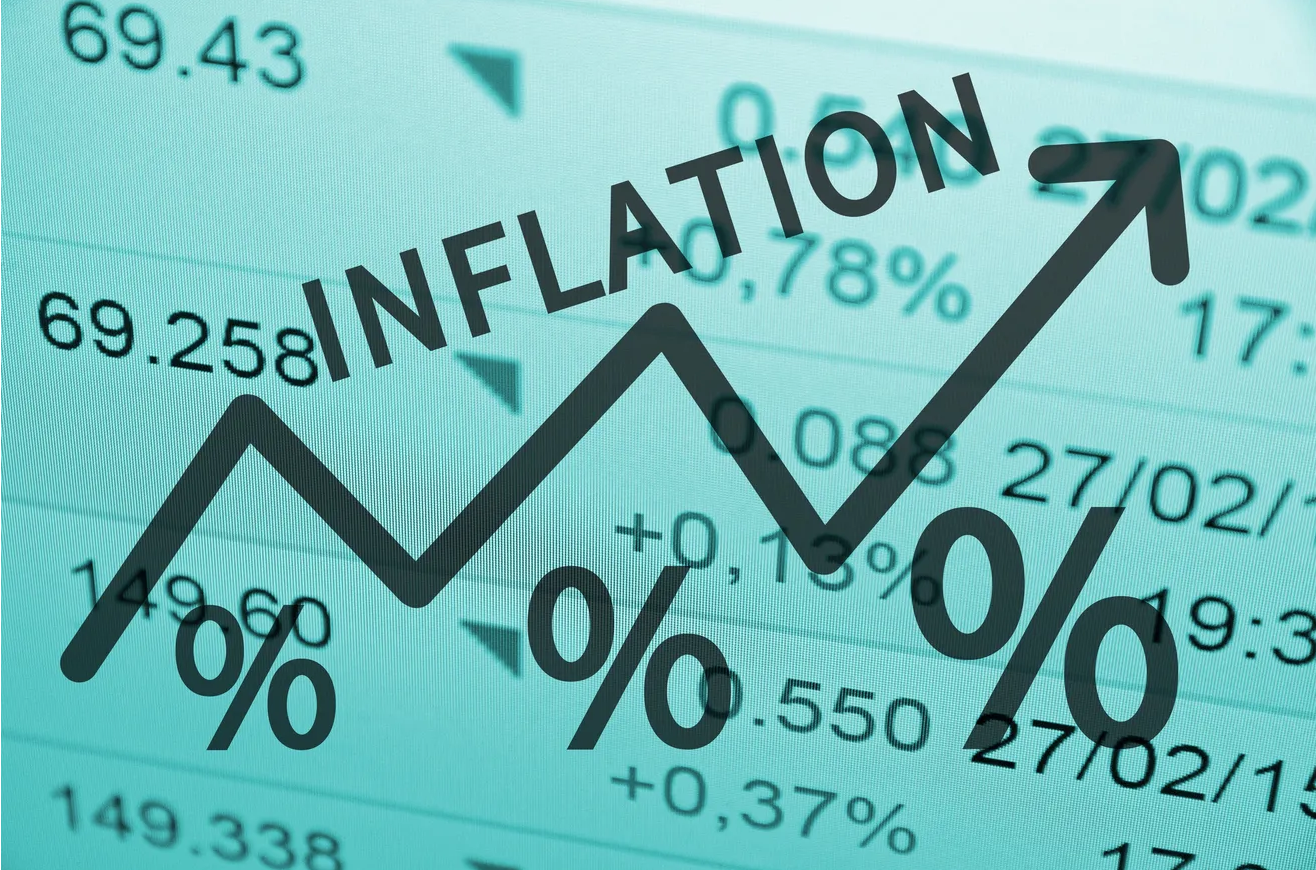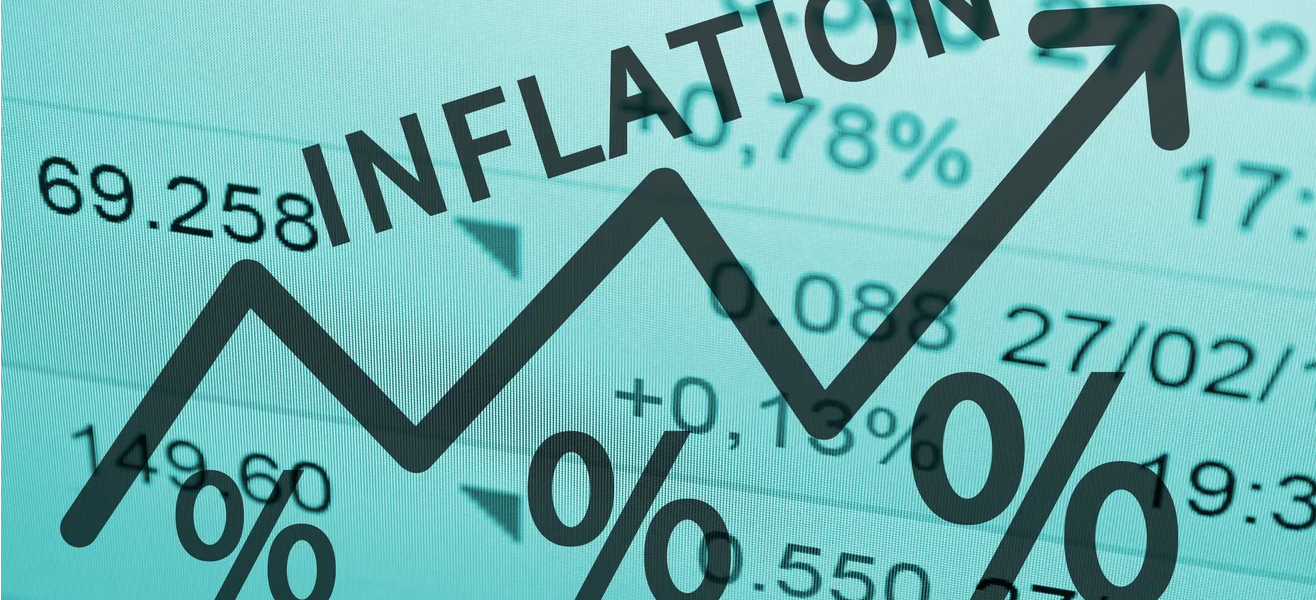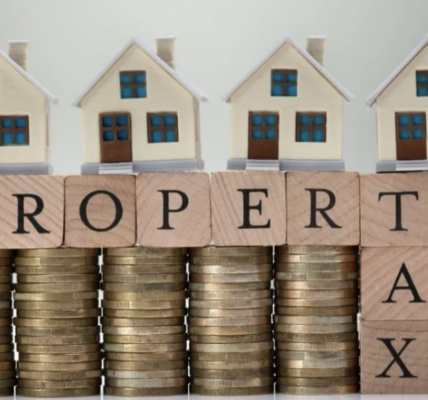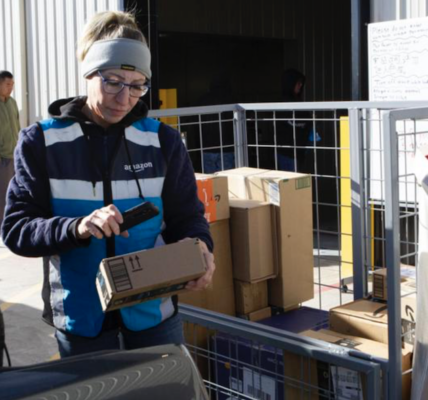
By Carrie Haderlie
Wyoming Tribune Eagle
Via- Wyoming News Exchange
CHEYENNE — Prices are on the rise, and one nationwide report recently estimated that residents of the Cheyenne metro area experienced an increase of 12.1% in the cost of living between 2010 and 2020.
Ongoing supply challenges due to the COVID-19 pandemic have driven up costs in key consumer spending categories, according to a report from Filterbuy looking at the U.S. metropolitan areas with the largest increases in the cost of living over the last decade.
The Filterbuy report relies on data from the U.S. Bureau of Economic Analysis, which uses estimates based on the monthly Consumer Price Index produced by the federal government. That survey, according to the state’s chief economist, Wenlin Liu, does not include data collected from any city or town in Wyoming, but relies on estimations and model calculation for Wyoming and metropolitan statistical areas like Cheyenne or Casper.
The Economic Analysis Division for the State of Wyoming produces its own quarterly inflation rates based on real data collected both regionally and statewide, but does not produce reports for individual counties or municipalities, Liu said. Laramie County is included in the southeast region, along with Albany, Carbon, Goshen, Niobrara and Platte counties. According to the state’s data, the cumulative inflation from 2010 to 2020 was 22.2% for Wyoming and 27.2% for the southeast region.
“Different studies have different methodology,” said Amy Bittner, principal economist with the state’s Economic Analysis Division. “It isn’t always an apples-to-apples comparison.”
Both reports, though, point to a steady rise in prices in Wyoming, similar to trends across the United States. According to the Pew Research Center, inflation has risen around the world and was measured at 6.2% in the U.S. in October 2021, marking the highest rate in more than three decades. In Wyoming, statewide inflation comparing the second quarter of 2020 to the second quarter of 2021 was 7.7%.
“That is pretty high. The last time Wyoming’s inflation was that high was back in 2008,” Bittner said.
To produce its cost-of-living estimates, the Economic Analysis Division collects its own Wyoming-specific data.
“I have always felt like our cost of living index is a Wyoming-version of the CPI,” Bittner said. “We are collecting data in Wyoming, whereas I don’t think the U.S. CPI collects any information in Wyoming.”
Many people define the cost of living as how much money they must make to live in any given area, and while the state’s index doesn’t tell people that, people often call to ask what type of wage they need to live in various Wyoming counties.
“Costs were going up in the U.S., and Wyoming was following that trend. I think Wyoming’s consumers can see that, when they went to the store, prices were higher,” Bittner said.
And pandemic inflation is different than inflation Wyomingites experienced in the past, Bittner said. In times of economic expansion, prices may go up because the economy is booming.
“When we would see rates of inflation in the past in Wyoming, it was when we saw a huge economic expansion and our economy was booming and doing really well,” Bittner said. “This is different.”
In all six of Wyoming’s consumer categories, prices are on the rise.
“Food inflation, housing, transportation, apparel. That transportation number, especially, is a combination of higher gas prices and how hard it is to purchase a car, or how used car prices are really high,” Bittner said.
Because inflation measures how prices change over time, studying the pandemic time period, in particular, may create soaring inflation rates. Consider the second quarter of 2020, when many people were not driving anywhere, Bittner said. Gas prices fell through the floor.
“Think of when COVID first started. Gas prices dropped so much. At one point there was a negative oil price,” Bittner recalled.
Compare that to the second quarter of 2021, when people were driving again, and prices went back up, creating a larger-than-normal price gap in that one-year period. It is too soon to tell what fourth quarter comparisons will show, but Bittner said she is collecting Wyoming-specific data now.
Inflation rates will go down, she said, when prices stabilize over time. But in addition to wondering how inflation will stop, or when prices will stabilize, there is the question of how people keep up with inflation in the interim.
“That is more on the wage side,” Bittner said. “We always have people call our office to get information on inflation because people use that information to maybe determine cost-of-living raises for their employees.”
When wages don’t keep up with inflation rates, the result is often a change in consumer behavior.
“Every consumer is different, but, in general, if your wages haven’t changed, and you are spending more money on everyday living essentials, whether it is food, utilities, you are going to cut back on other things,” Bittner said.






